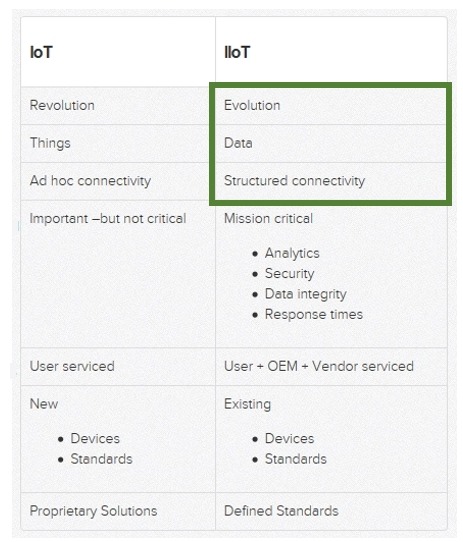In the last post, IoT AND IIoT, I positioned PROFINET as foundational to the Industrial Internet of Things which lies in the overlap of IoT and Industrie 4.0. In the post before that, IoT vs. IIoT, Michael explored the differences between IoT and IIoT. This post will start to extend that into the PROFINET of Things.
Lest you think that any Industrial Ethernet could claim to be foundational to IIoT, here are the benefits of PROFINET that differentiate it from the wannabes. Let’s put those benefits in the context of the IIoT characteristics.
PROFINET has evolved over the years to a stable state for the communication protocol while work continues on application profiles – the “objects” that arrange the data consistently. And PROFINET is all about the data – getting it at the needed intervals while indicating its quality. Industrial architectures using PROFINET are structured – we don’t want the topology to change unexpectedly!
Here are some specific facts about PROFINET Data Access:
Performance
Only PROFINET provides the speed required for any application – from microseconds for high-speed IO and motion to milliseconds for discrete IO to hundreds of milliseconds for process instruments to seconds for TCP/IP configuration and diagnostic traffic.
Profiles
Profiles in the PROFI world are akin to objects, so-called in other protocols. Profiles arrange the data in a consistent format. This is probably the first place data starts to become information. For example, a drive that uses PROFIdrive has all the parameters in the same place all the time regardless of vendor. This makes it easier to configure the system and assists with troubleshooting.
Proxies
When PROFINET first appeared, there were already tens of millions of PROFIBUS nodes. PI did not expect users to rip and replace existing devices. So proxies were born. A proxy provides a consistent mapping of data from one network to another. Proxies worked so well for PROFIBUS that the concept has been extended to a dozen additional networks including Foundation Fieldbus and DeviceNet. And proxies are defined in the PROFINET standard so the use of open standards extends to non-Ethernet networks. Non-Ethernet networks will be around for years to come by design because, for example, FF and PROFIBUS PA can be installed in hazardous environments where Ethernet cannot yet land.
PROFINET of Things: Data Access is characterized by the alliterative trio of Performance, Profiles, and Proxies. The next post will cover the mission critical nature of the IIoT with PROFINET of Things: Uptime.
–Carl Henning

